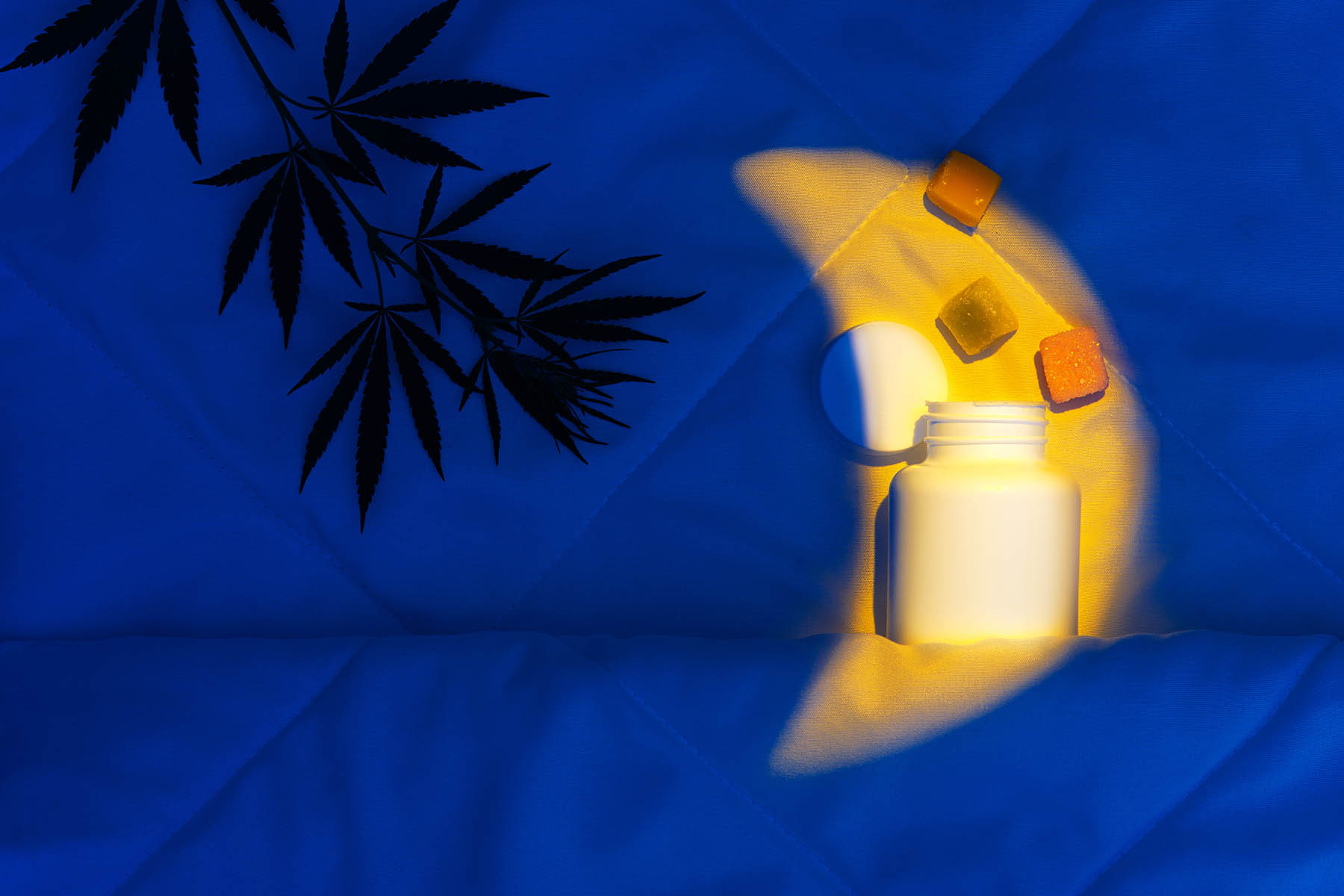Cannabis and Its Role in Sleep Improvement
Cannabis has long been associated with sleep-inducing effects. Many individuals turn to specific cannabis strains and products to address sleep issues. Understanding the potential benefits, strains, and precautions is crucial for those seeking better sleep through cannabis.
The Benefits of Cannabis for Sleep
Sleep-Enhancing Properties:
- Relaxation: Certain cannabis strains can induce a sense of relaxation, making it easier to unwind before bedtime.
- Pain Relief: Cannabis’s analgesic properties may alleviate pain and discomfort, improving sleep quality for those with chronic pain conditions.
- Reduction of Anxiety: Cannabis may help reduce anxiety and racing thoughts, making it easier to fall asleep.
- Enhanced Sleep Duration: Some users report longer sleep durations when using cannabis, which can contribute to overall well-being.
Cannabis Strains for Sleep
Indica Dominant and High CBD Strains:
- Indica-Dominant Strains: Indica strains are often preferred for their relaxing effects and potential to induce sleepiness. Examples include Granddaddy Purple and Northern Lights.
- High CBD Strains: Strains with high CBD content and minimal THC may offer relaxation without the intoxicating effects, making them suitable for sleep.
Consuming Cannabis for Sleep
Methods of Consumption:
- Inhalation: Smoking or vaporizing cannabis provides rapid onset of effects, which can be useful for those seeking immediate relief from sleeplessness.
- Edibles: Edible cannabis products, like gummies or capsules, offer a longer-lasting effect, making them suitable for sustaining sleep throughout the night.
- Tinctures: Sublingual tinctures provide a balance between rapid onset and duration of effects.
Precautions When Using Cannabis for Sleep
Mindful and Responsible Use:
- Dosage Control: Start with a low dosage to gauge your individual response and avoid overconsumption, which can lead to discomfort or grogginess the next day.
- Regular Use: Long-term, heavy cannabis use for sleep may lead to dependence or tolerance, reducing its effectiveness over time.
- Legal Considerations: Be aware of the legal status of cannabis in your area, and consume responsibly within the confines of local laws.
Consultation with a Healthcare Professional
Seeking Professional Guidance:
- Underlying Conditions: If sleep issues persist, consult a healthcare professional to rule out underlying medical conditions contributing to insomnia.
- Medication Interactions: Discuss potential interactions between cannabis and any medications you are currently taking.
Conclusion: Exploring Cannabis as a Sleep Aid
Cannabis has shown promise as a sleep aid for those struggling with sleep-related issues. However, responsible and mindful consumption, along with consultation with healthcare professionals when necessary, is crucial to ensure that cannabis effectively and safely contributes to improved sleep quality. By understanding the potential benefits and precautions, individuals can make informed decisions regarding the use of cannabis as a tool for a better night’s sleep.






